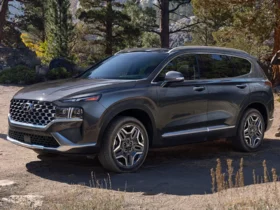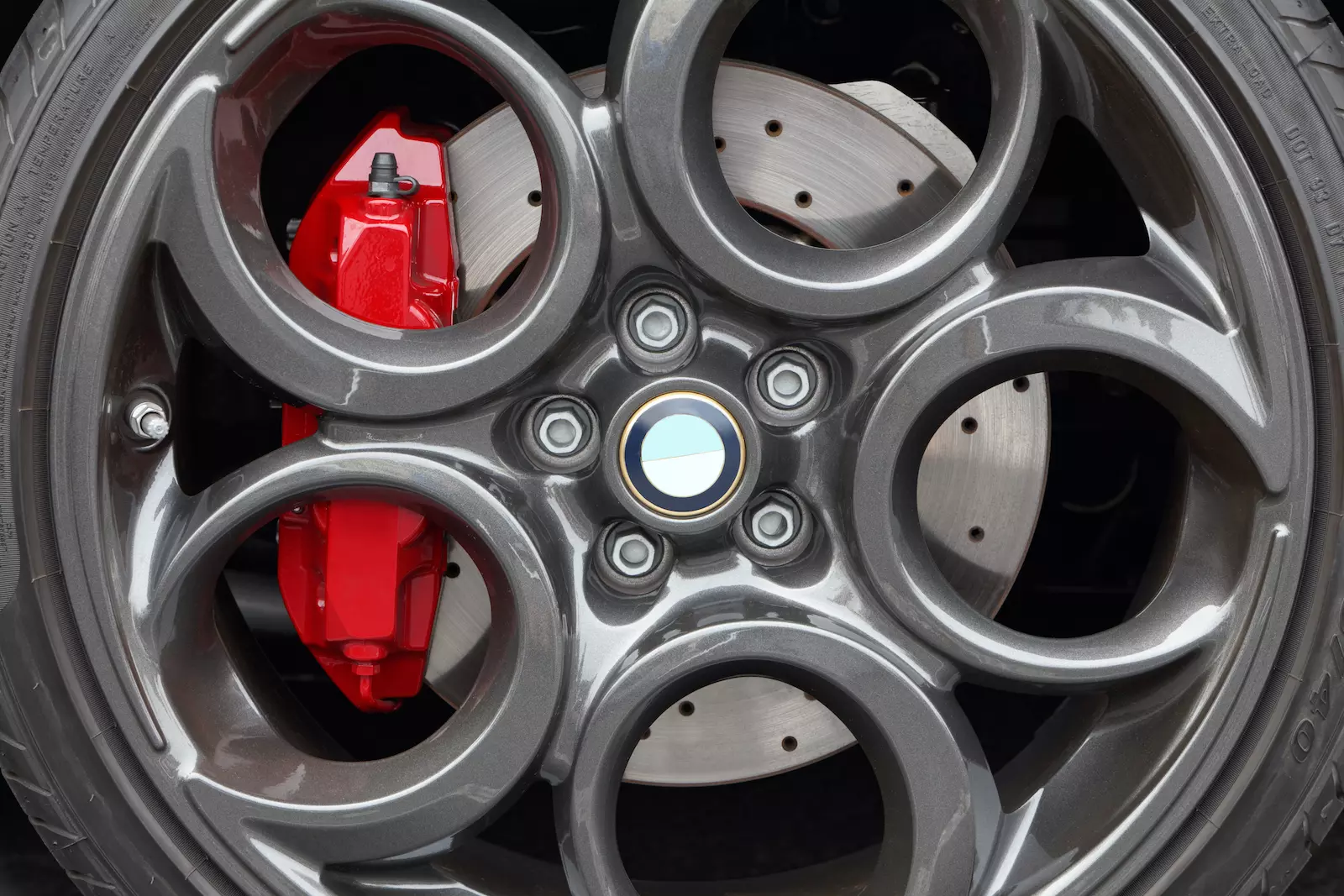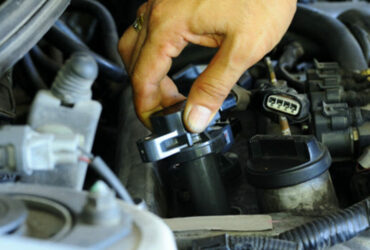A proper brake system in a car is quite helpful in handling your car in different situations. This brake caliper is useful for converting hydraulic pressure into mechanical force to slow down the car. Whenever a person presses the brake pedal, it generates hydraulic pressure on these pistons to squeeze the brake pads against the brake rotor (disc). This action creates friction between the brake pads and rotor to decelerate the car.
In this blog, we will learn how the brake caliper works in a vehicle, what the different parts included in it, and the type of brake caliper.

Look Also: 5 Things About The 2023 Toyota Highlander Hybrid We Should Know
Functioning of brake caliper
There are many different things that work together in a brake system including brake pedal, master cylinder, brake lines, brake calipers, brake pads, and brake rotors. This is very complicated to define each component in the right way.
The brake caliper is a metal housing for various components that serves as a protective cover for the brake system. Inside the brake caliper, there are many pistons available that create hydraulic pressure whenever we press the brake. This hydraulic brake system uses the hydraulic fluid pressure to operate the pistons.
The brake caliper holds the brake pads on both sides of the brake rotor. When you press the brake pedal, these pistons in the caliper push the brake pads against the rotor to decelerate the wheel.
The brake pads and the rotor contact with each other to create friction between them. This friction generates kinetic energy to slow down the vehicle. And whenever you release the brake padel, it releases the pressure and allows the rotor to move freely.
Construction of Brake Caliper
A brake caliper is made from various high-quality components that can withstand the generated heat during brake. It consists of several key components
Housing: This is the main body of the brake caliper that is typically constructed from high-quality forged metal, such as aluminum or cast iron. This housing provides structural stability to protect the internal components of the vehicle.
Pistons: In the brake caliper, these pistons are specially made from aluminum or steel to generate friction for braking. The work of these pistons is to push the brake pads against the rotor when hydraulic pressure is applied.
Seals and Boots: They are made from synthetic rubber to create pressure on the rotor. They are used to prevent brake fluid leakage and contaminants from entering the caliper. They help maintain the integrity of the hydraulic system.
Brake Pads: Brake pads are specially made from high-quality materials like friction composite or ceramic and positioned on both sides of the caliper. These pads come into direct contact with the brake rotor to slow down the vehicle.
Bleeder Valve: A bleeder valve is typically present to facilitate the removal of air from the brake system during brake fluid replacement and maintenance.
Different Types of Brake calipers
There are three different types of brake calipers available for different purposes.
Floating Calipers: These calipers have pistons on only one side of the caliper. When you apply the brakes, the caliper slides slightly to press the brake pad against the rotor on the opposite side to slow down the vehicle. These calipers are simpler, lighter, and cost-effective but they are less effective in some cases.
Fixed Calipers: Fixed calipers have pistons on both sides of the calipers. Both pistons work together to press the brake pads against the rotor whenever a person applies the brake. Fixed calipers are generally more efficient than others. These calipers are used in sports cars.
Sliding calipers: They are also referred to as pin-slide calipers. They have one or two pistons positioned on a single side of the rotor, the same as a floating caliper. They work differently in the case of the utilization of pins. They enable the caliper to have controlled back-and-forth movement during braking. This unique design serves to distribute pressure evenly on both sides of the rotor, fostering uniform wear of the brake pads.
Conclusion
The brake caliper is very crucial to maintaining the stability of the vehicle. This brake system is made from different high-quality materials including housing, brake pads, pistons, seals, boosts, etc. This brake caliper contains one or one more pistons around the rotor. Whenever a person presses the brake, it creates friction between the pad and rotor to slow down the vehicle. These brake calipers are available in three different types floating, fixed, and sliding calipers. The floating one is cost-effective and highly used in vehicles. An understanding of these calipers are helpful in adding a brake system.
FAQ’s
Signs of failing brake calipers can include uneven braking, grinding noises, and spongy brake pedal. It is recommended to do a visual inspection of the brake to understand reveal leaks, uneven brake pad wear, and unusual brake fluid levels.
Whenever you go for your vehicle’s service, it’s important to understand the condition of your brake calipers. You can understand the working of the brake caliper to keep the brake fluid at the recommended level and change it.
Brake calipers can seize due to various factors, including corrosion, lack of lubrication, or contamination of brake fluid. Proper maintenance can help prevent caliper seizing.
Brake caliper inspection is typically part of routine brake system maintenance. It is recommended to have your brake system inspected by a qualified technician during regular service intervals such as oil changes.




















Leave a Reply